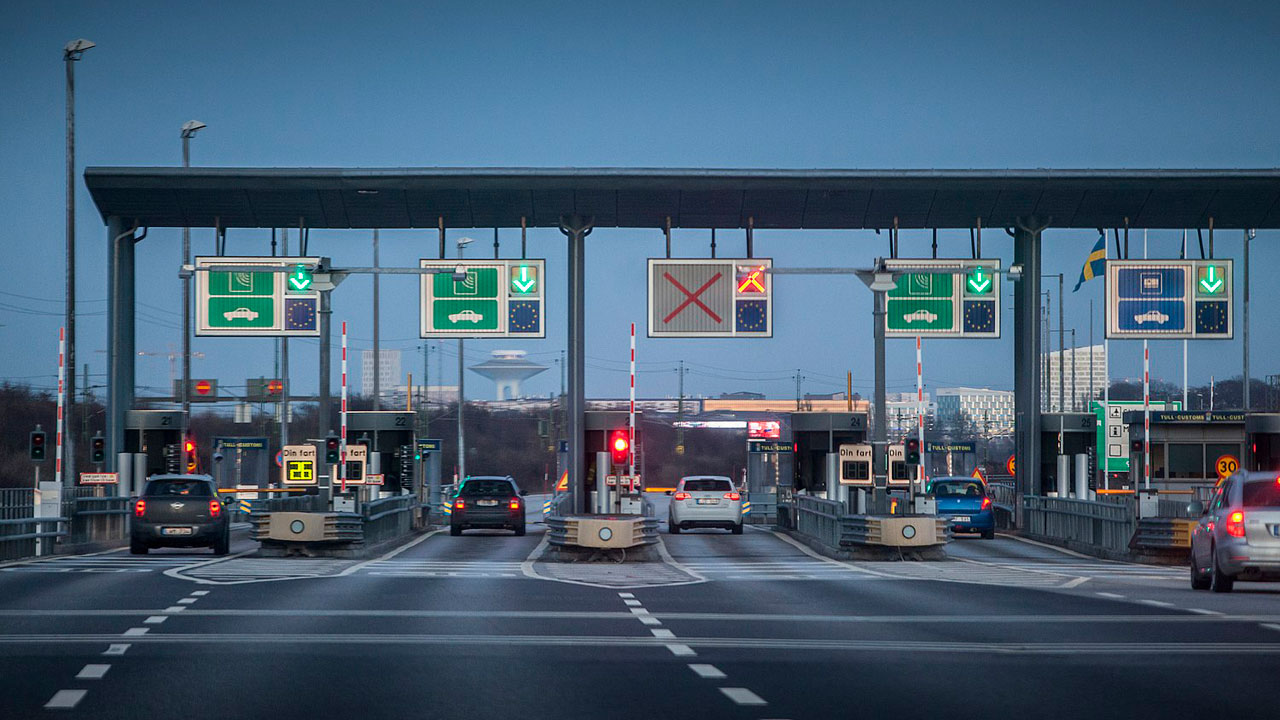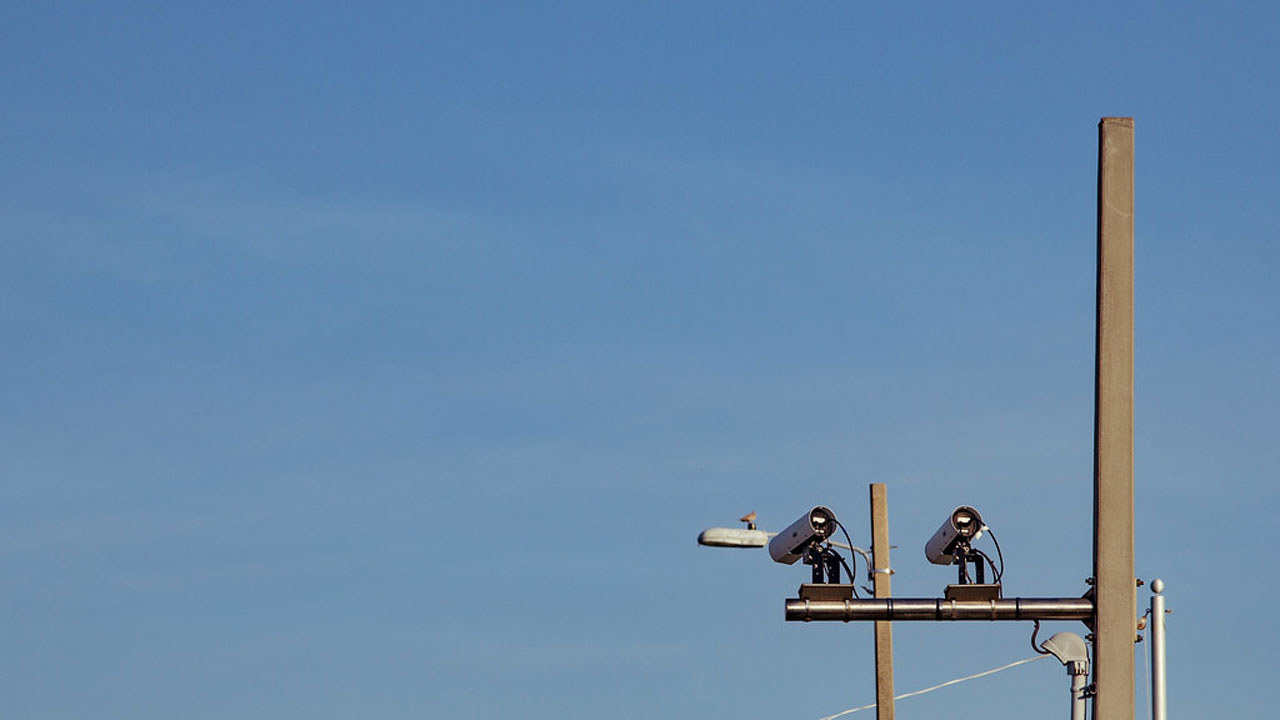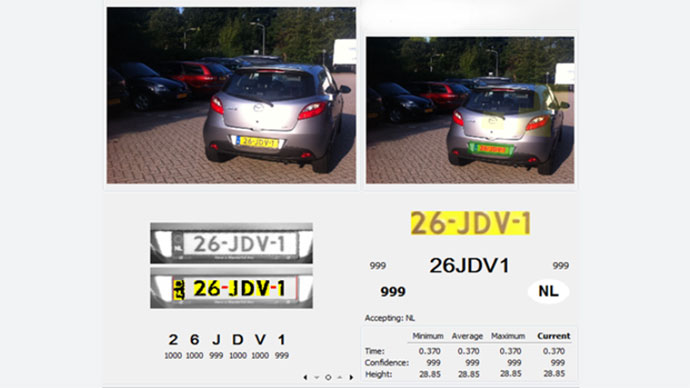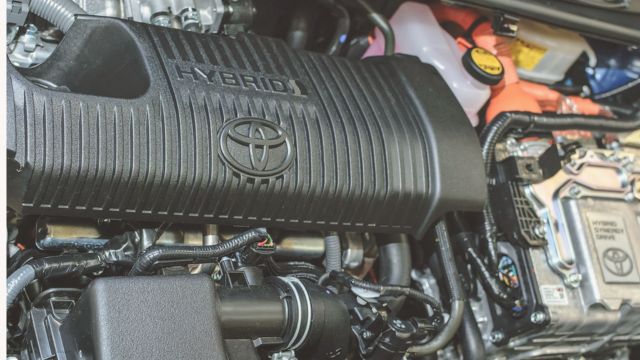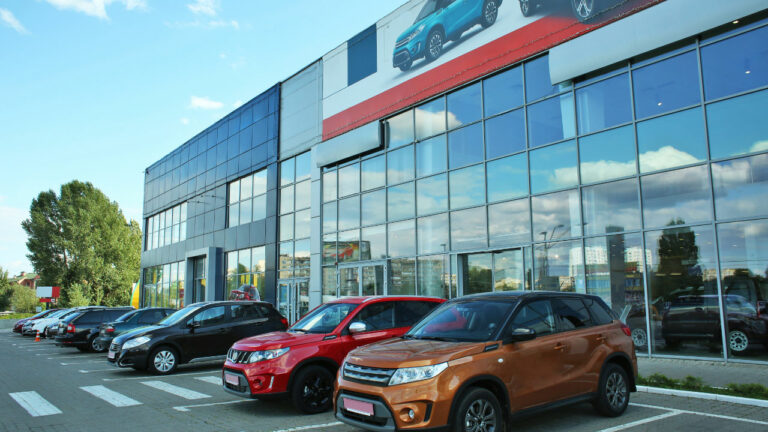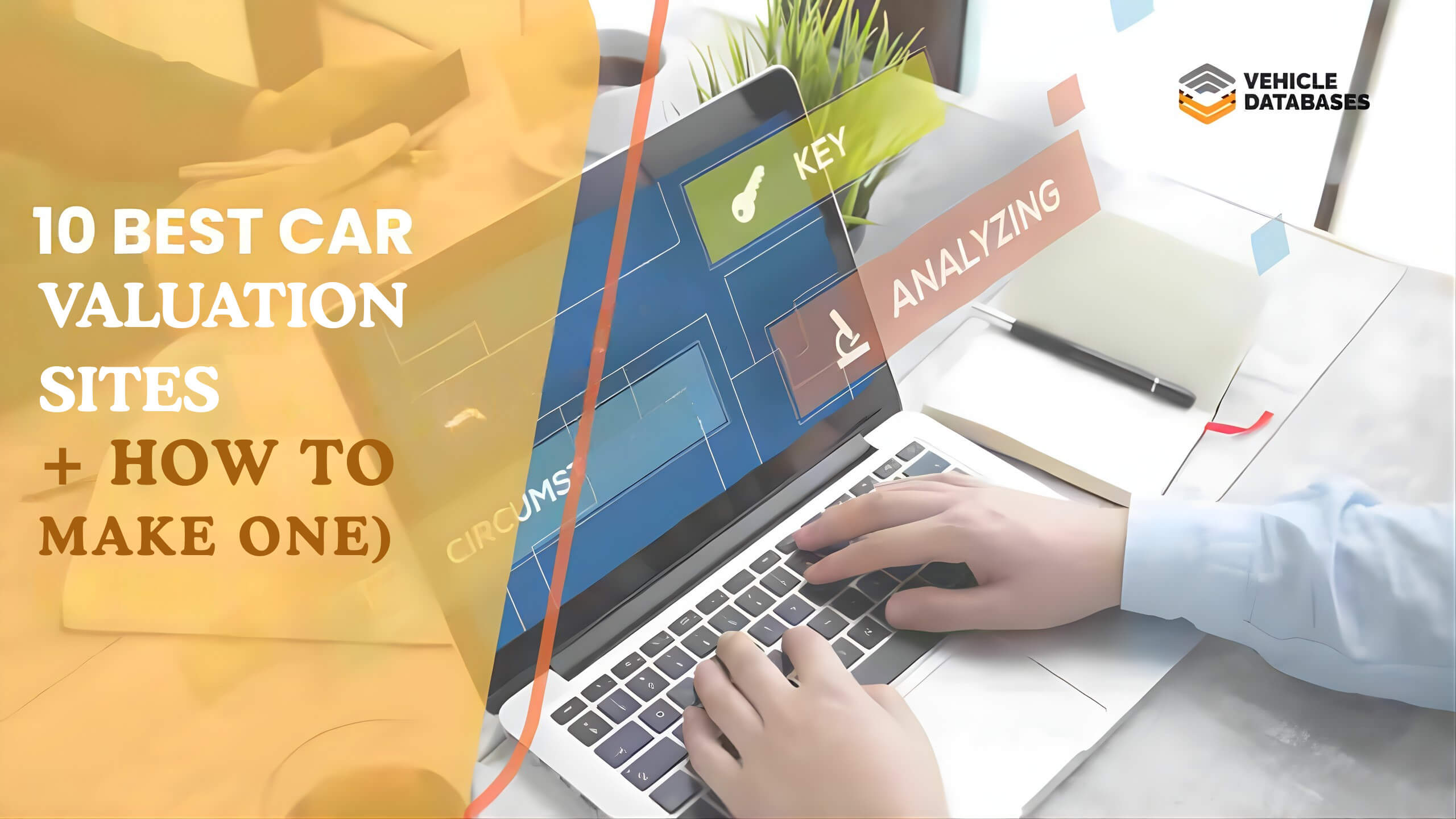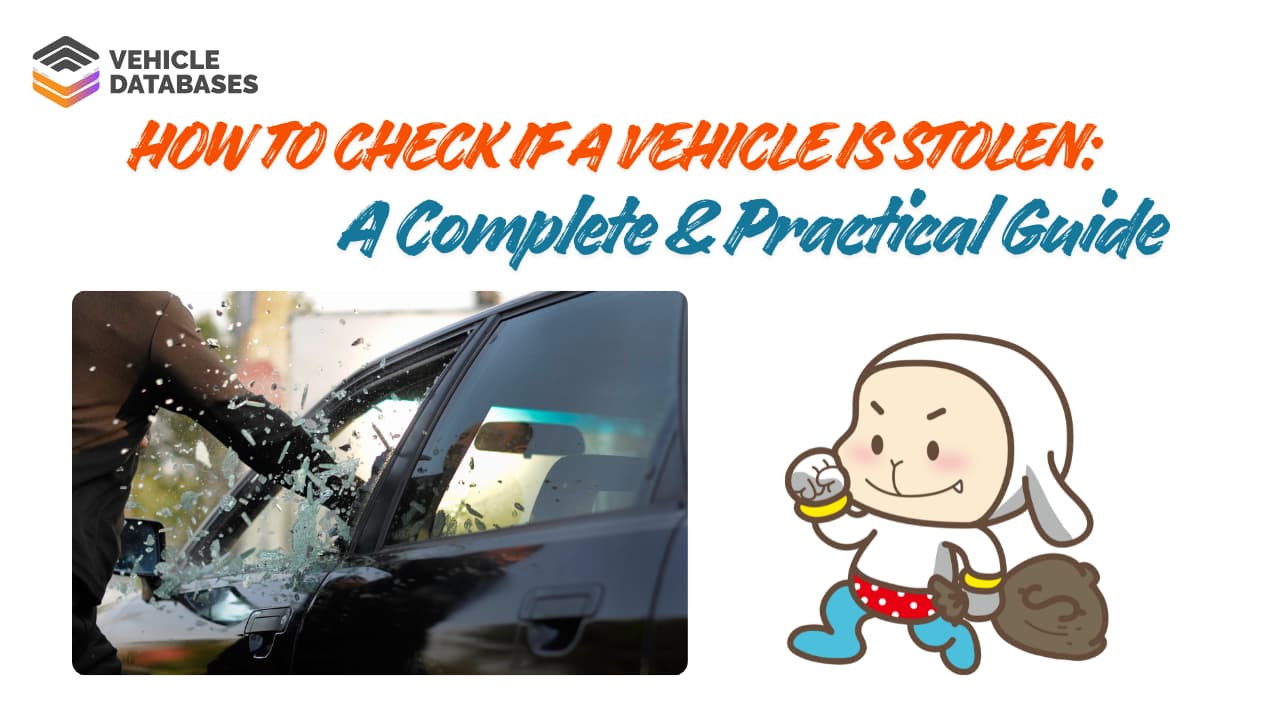License plate recognition (LPR) is a technology that uses computer vision and artificial intelligence to automatically identify and record the license plate numbers of vehicles. It is commonly used by law enforcement agencies, parking garages, and toll roads to track and monitor the movement of vehicles. Have you ever wondered how LPR systems work?
In this article, we’ll delve into the inner workings of LPR and explain how it is able to accurately and efficiently identify and record license plate numbers. We’ll also discuss the different types of LPR technology and the advantages and disadvantages of using this technology.
Whether you’re interested in the technical details of LPR or just want to know more about this increasingly widespread technology, this article have you covered.
How Does License Plate Recognition Work?
LPR systems use cameras and software to capture images of vehicles and their license plates. The software then analyzes the images and extracts the license plate numbers using pattern recognition algorithms. The numbers are then compared to a database of registered vehicles or a list of vehicles of interest, such as stolen vehicles or vehicles with unpaid tolls.
Steps in the license plate recognition process:
The LPR process can be broken down into the following steps:
Capturing Images
Capturing images is an important step in the license plate recognition (LPR) process. LPR systems use specialized cameras to capture high-resolution images of vehicles and their license plates. These cameras are typically mounted on poles, gantries, or other structures and are pointed at the roadway or parking lot.
There are several factors that can affect the quality of the images captured by LPR cameras. These include lighting conditions, camera position, and the angle and distance between the camera and the license plate.
To ensure the best possible image quality, LPR cameras are often equipped with features such as high-resolution sensors, low-light capabilities, and automatic exposure control.
Preprocessing The Images
Once the images have been captured, they are typically preprocessed to improve their quality and remove any noise or distortions. This may involve techniques such as brightness adjustment, contrast enhancement, and noise reduction. The preprocessed images are then analyzed by the LPR software to extract the license plate numbers.
Capturing high-quality images is essential for accurate and reliable LPR. By carefully considering the camera position, lighting conditions, and other factors, LPR systems can ensure that the images captured are clear and usable for the subsequent steps in the process.
Extracting The License Plate
Extracting the license plate is another important step in the license plate recognition (LPR) process. Once the images have been captured and preprocessed, the LPR software analyzes them to locate and extract the license plate. This may involve techniques such as edge detection, pattern recognition, and OCR (optical character recognition).
Edge detection involves identifying the boundaries of objects in an image, such as the borders of a license plate. This can be done using algorithms that detect changes in pixel intensity or color. Once the edges of the license plate have been identified, the software can use pattern recognition algorithms to identify the characters on the plate.
OCR (optical character recognition) is a technique that uses machine learning algorithms to recognize and classify text in images. It is commonly used in LPR systems to extract the characters on the license plate. OCR algorithms are trained on large datasets of text images and can recognize a wide range of fonts and languages.
Comparing To a Database
Comparing to a database is the final step in the license plate recognition (LPR) process. Once the LPR software has extracted the license plate numbers from the images, it compares them to a database of registered vehicles or a list of vehicles of interest.
The database used in the LPR process can be a local database stored on the LPR system, or it can be a centralized database accessed over the internet. The database may contain information about registered vehicles, such as the make, model, and year, as well as the owner’s name and address. It may also contain information about vehicles of interest, such as stolen vehicles or vehicles with unpaid tolls.
If there is a match between the extracted license plate numbers and the database, the LPR system can take some action, such as triggering an alert or issuing a ticket. For example, if the LPR system is being used by a law enforcement agency, it may send an alert if it detects a stolen vehicle. If the LPR system is being used in a parking garage, it may issue a ticket if it detects a vehicle with an expired parking permit.
Comparing to a database is an important step in the LPR process, as it allows the system to identify and track specific vehicles. By accessing and comparing against a comprehensive database of registered vehicles and vehicles of interest, LPR systems can provide valuable information and support to law enforcement agencies and other organizations.
Types of License Plate Recognition Technology
There are two main types of LPR technology: stationary and mobile.
Stationary LPR systems use fixed cameras mounted on poles or other structures to capture images of passing vehicles.
Mobile LPR systems use cameras mounted on vehicles, such as police cars or toll collection trucks, to capture images of parked or stationary vehicles.
Advantages and Disadvantages of License Plate Recognition
LPR systems have a number of advantages, including:
- Improved Safety: LPR can help law enforcement agencies locate and apprehend criminals, as well as identify and track stolen vehicles.
- Increased Efficiency: LPR can speed up the process of tracking and monitoring vehicles, reducing the need for manual inspection.
- Cost Savings: LPR can help reduce costs by automating tasks such as toll collection and parking management.
However, LPR systems also have some disadvantages, including:
- Privacy Concerns: Some people may be concerned about the privacy implications of being monitored by LPR systems.
- Technical Issues: LPR systems can be affected by factors such as poor lighting, dirty or damaged license plates, and changes in license plate design.
- Cost: LPR systems can be expensive to implement and maintain.
Final Words
License plate recognition is a technology that uses computer vision and artificial intelligence to automatically identify and record the license plate numbers of vehicles. It has a number of advantages, including improved safety, increased efficiency, and cost savings, but it also has some disadvantages, such as privacy concerns and technical issues. Despite these challenges, LPR is widely used and continues to be an important tool for law enforcement and other applications.
